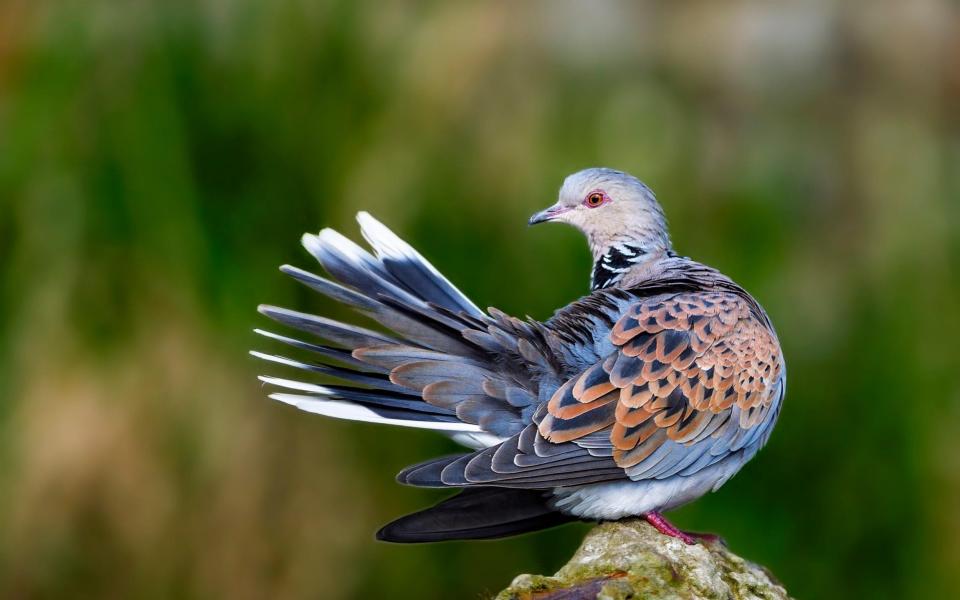Britain is bottom of G7 biodiversity league table, Natural History Museum finds

Britain is at the bottom of the G7 biodiversity league table, with analysis from the Natural History Museum finding that humans have destroyed half of the country's nature.
A measure called the Biodiversity Intactness Index (BII) estimates biodiversity loss across an area using a combination of land use, ecosystem, species and population data to give a simple figure for ‘intactness’, that is, how much nature is left in a given area.
The UK has a BII percentage of 50.3, compared with 65.3 for France, 67.1 for Germany, and 88.6 for Finland, which is among the best countries worldwide for retaining its natural biodiversity.
The UK is the third-worst country in the EU for biodiversity intactness, with only Ireland and Malta behind, and the worst country in the G7.
In the report, scientists blame a mixture of the country's past destruction of nature, and what is happening today. The Industrial Revolution and later agricultural revolution transformed the UK’s landscape. The result of this combined immense destructive forces meant the UK’s biodiversity was some of the most degraded in the world for a long time.
In 2020, over two thirds of the UK is still used for agriculture and another 8 per cent has been built on – leaving little room for nature.
Over 40 million birds have disappeared from our skies since 1970, and this crisis is showing no signs of slowing.
Beccy Speight, chief executive at the RSPB called for sweeping new laws to prevent biodiversity loss.
She said: “These league tables make for difficult reading. But we don’t have to continue like this.
“We have binding targets enshrined in law to tackle the climate emergency, but none, yet, to reverse the crisis facing nature. We must end burning on vital peat bogs and begin investing in win-win nature-based solutions to the climate crisis as well as rewarding farmers and other landowners for playing a vital role in helping to address the nature and climate crises."
In the time humans have used the land, many species have been pushed into sharp decline or lost. 41 per cent of species in the UK assessed by the RSPB and Natural History Museum have decreased over the past 10 years. 15 per cent of all wildlife in the UK is now threated with extinction and 2 per cent are already extinct. The turtle dove is close to extinction in the UK, having decreased 93 per cent since the 1970s.
Natural History Museum Biodiversity Researcher Adriana De Palma, who worked on the analysis, said: “The way we use the land in our country has left its mark not just on the landscape, but on our biodiversity. If we want nature to recover in the UK and across the world then immediate action is required.
“The rapid disappearance of species and ecosystems is a global disaster - it requires a global solution. We must act but we must also avoid falling into the trap of preserving or improving our biodiversity levels at the cost of exporting losses to other countries.”
The Museum’s 300 scientists continue to represent one of the largest groups in the world studying and enabling research into every aspect of the natural world. They are working to contribute critical data to help the global fight to save the future of the planet from the major threats of climate change and biodiversity loss through to finding solutions such as the sustainable extraction of natural resources.

